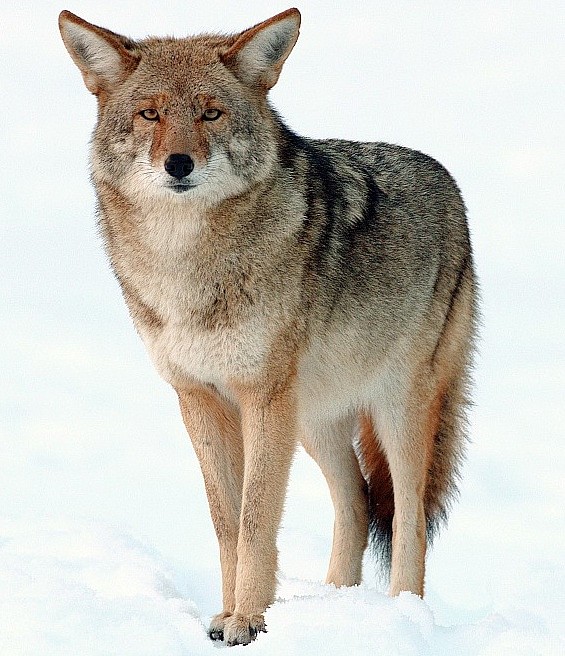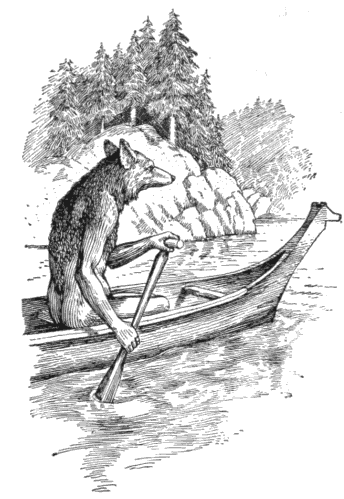“Coyote Tales of the Shasta Nation: Trickster Stories and Cultural Wisdom”

Introduction: The Role of Coyote in Shasta Tradition
Among the rich storytelling traditions of the Shasta Nation, indigenous to Northern California and Southern Oregon, the figure of Coyote stands out as a central character. Often portrayed as a trickster, Coyote embodies complexity—he is cunning yet foolish, helpful yet mischievous, a creator and a destroyer. The tales of Coyote serve not only to entertain but also to pass down cultural values, moral lessons, and explanations of the natural world. These stories are woven into the fabric of Shasta identity, shaping their worldview and spiritual life.
Coyote as Trickster and Teacher
In Shasta mythology, Coyote’s actions often blur the line between hero and fool. He is a shape-shifter, capable of altering reality but also prone to mistakes that bring consequences for himself and others. Through Coyote’s adventures, the Shasta people explore themes such as:
- The origins of natural phenomena (how rivers were formed, why animals behave as they do)
- Social and moral teachings (the importance of respect, humility, and balance)
- The dangers of greed, pride, and foolishness
For example, some stories explain how Coyote created the sun and moon, or how he taught humans the use of fire and tools. Others depict him playing tricks on other animals or humans, sometimes resulting in humorous chaos, sometimes tragedy.

Cultural Context and Oral Tradition
The telling of Coyote tales is an oral tradition, passed down from elders to younger generations. Storytelling sessions were often communal events, filled with music, dance, and ritual. These narratives reinforced a connection to the land, reminding listeners of their place within the natural and spiritual worlds.
Each tale carries layers of meaning, with interpretations adapted to different ages and audiences. Beyond entertainment, Coyote stories serve as a guide for living harmoniously with others and with nature.
Coyote’s Relationship with the Shasta World
Coyote’s stories are deeply connected to the Shasta’s landscape and environment. Mountains, rivers, and forests appear in tales as both settings and characters, emphasizing the interconnectedness of all life. This connection highlights the Shasta’s respect for their homeland, and the responsibility to protect it.
Some stories speak of Coyote interacting with other sacred beings or animals, shaping the balance of nature. These narratives echo the tribe’s spiritual beliefs, where animals are messengers and relatives.
Contemporary Significance
Today, Coyote tales remain vital for the Shasta people, representing cultural survival and identity in the face of historical challenges, including displacement and assimilation pressures. Tribal members continue to share these stories in schools, cultural programs, and ceremonies.
The trickster’s lessons on adaptability, humor, and the consequences of actions resonate strongly in contemporary life. Coyote’s role reminds the Shasta of the importance of maintaining cultural traditions while navigating a changing world.
Conclusion: Wisdom Wrapped in Mischief
The Coyote tales of the Shasta Nation are far more than simple folklore. They are living expressions of history, morality, and spirituality, preserving the wisdom of ancestors in stories that captivate and instruct. Through Coyote’s antics, the Shasta people find a mirror reflecting human nature, the mysteries of the world, and the path toward balance and understanding.




